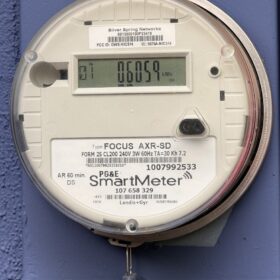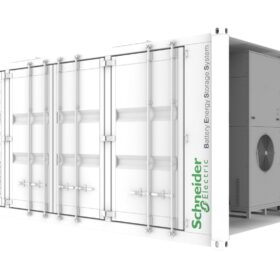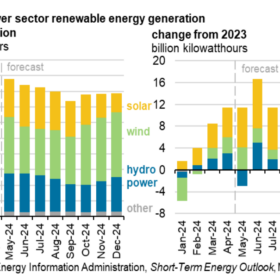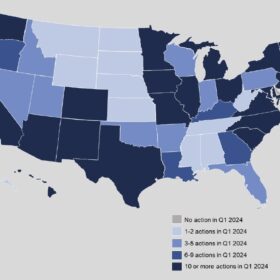In the Institute for Local Self-Reliance (ILSR) 2024 Community Power Scorecard, Illinois is the only one state that scored an above average grade with a B, 11 earned a C average, 13 received Ds, and 26 states failed.
ILSR evaluates eighteen facets of state energy policies as they are written and assesses how those policies help or hinder local clean energy. States earn high scores by supporting locally owned distributed generation, empowering communities to pursue their own energy goals, demonstrating a plan for an equitable transition to clean energy, and holding utilities accountable for inflated costs and potential abuses of power.
The 18 policies evaluated on the questions shown below, and states can earn a maximum of 88 points. A state can earn negative points when having a policy is worse than not having a policy.

Net metering policy is one of the key policy criteria evaluated in the report. The Interstate Renewable Energy Council (IREC) offers model net metering rules with two small modifications; the word “reasonable” should be added as a qualifier for any fixed charges that will not be able to be offset by on-site power generation; the policy should require excess credits leftover when the ratepayer terminates service to be gifted to the state’s low-income assistance program.
A state can earn a maximum of 10 points in the net metering policy category. States that scored a 10 on net metering include Arkansas, Colorado, Connecticut, Delaware, District of Columbia, Illinois and Maine. Georgia and Alabama received zeros.
ILSR also evaluates state-level community solar policies. Community solar provides a way for people to benefit from solar energy who may be unable to install solar either due to financial restrictions or because they do not have a suitable rooftop for solar. ILSR looks for virtual net metering in the community solar policy, which allows many individuals to receive credit for the electricity generated by a single solar facility.
ILSR states that “a model community solar policy has no cap, has a fair compensation rate, simplifies the billing process for subscribers, meaningfully accounts for the challenge of reaching low- and moderate-income (LMI) subscribers, and rewards other beneficial development or small subscriber-friendly practices”. The report notes that after changes were made last year, Maryland’s community solar policy is now an example of one that meets all the criteria. A state can earn 13 points for its community solar policy.
Other policies examined for the scorecard include third-party ownership, interconnection, hosting capacity analysis, community choice energy, franchise authority, gas ban preemption, renewable portfolio standards, integrated resource plan approval, and more.
With 26 states failing and just one receiving above a C indicate that much work is to be done on energy policies that by advancing shared, local decision-making authority and holding utilities accountable are fostering a clean energy future for all.
In looking at state policy, ILSR compiles data from the Center for Biological Diversity/Energy and Policy Institute, Clean Energy Works, DSIRE, Energy Justice Lab, Freeing the Grid (IREC and Vote Solar), Inside Climate News, NARUC, and SolarReviews.
This content is protected by copyright and may not be reused. If you want to cooperate with us and would like to reuse some of our content, please contact: editors@pv-magazine.com.








By submitting this form you agree to pv magazine using your data for the purposes of publishing your comment.
Your personal data will only be disclosed or otherwise transmitted to third parties for the purposes of spam filtering or if this is necessary for technical maintenance of the website. Any other transfer to third parties will not take place unless this is justified on the basis of applicable data protection regulations or if pv magazine is legally obliged to do so.
You may revoke this consent at any time with effect for the future, in which case your personal data will be deleted immediately. Otherwise, your data will be deleted if pv magazine has processed your request or the purpose of data storage is fulfilled.
Further information on data privacy can be found in our Data Protection Policy.